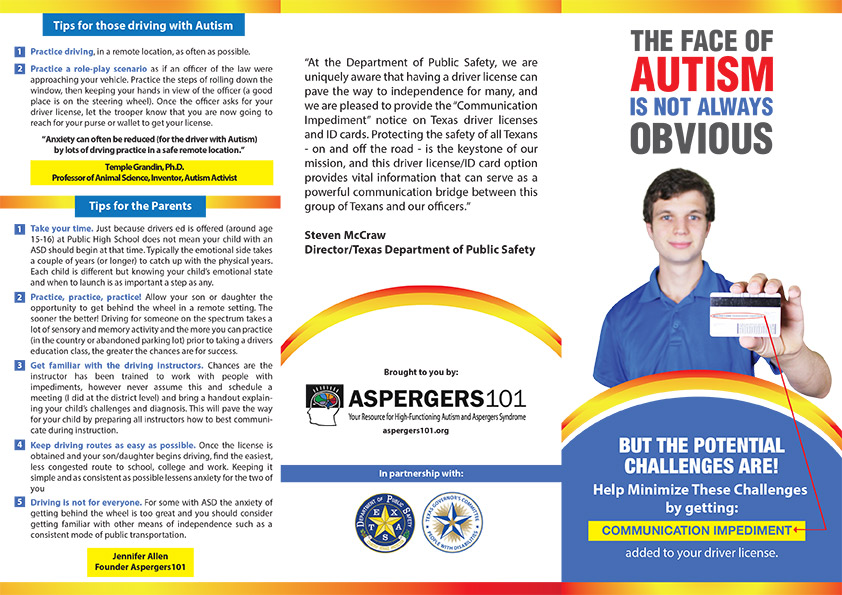In The Politics of Autism, I write:
The conventional wisdom is that any kind of treatment is likely to be less effective as the child gets older, so parents of autistic children usually believe that they are working against the clock. They will not be satisfied with the ambiguities surrounding ABA, nor will they want to wait for some future research finding that might slightly increase its effectiveness. They want results now. Because there are no scientifically-validated drugs for the core symptoms of autism, they look outside the boundaries of mainstream medicine and FDA approval. Studies have found that anywhere from 28 to 54 percent of autistic children receive “complementary and alternative medicine” (CAM), and these numbers probably understate CAM usage.
At
Autism, Juliana Höfer, Falk Hoffmann, and Christian Bachmann have an article titled "Use of Complementary and Alternative Medicine in Children and Adolescents with Autism Spectrum Disorder: A Systematic Review." Why just children and adolescents? "Interestingly, we found no studies of
CAM use in
adults with ASD, which might explain why there was no significant association of age and
CAM use."
The abstract:
Despite limited evidence, complementary and alternative medicine treatments are popular in autism spectrum disorder. The aim of this review was to summarize the available evidence on complementary and alternative medicine use frequency in autism spectrum disorder. A systematic search of three electronic databases was performed. All research studies in English or German reporting data on the frequency of complementary and alternative medicine use in individuals with autism spectrum disorder were included. Two independent reviewers searched the literature, extracted information on study design and results, and assessed study quality using an established quality assessment tool. Twenty studies with a total of 9540 participants were included. The prevalence of any complementary and alternative medicine use ranged from 28% to 95% (median: 54%). Special diets or dietary supplements (including vitamins) were the most frequent complementary and alternative medicine treatments, ranking first in 75% of studies. There was some evidence for a higher prevalence of complementary and alternative medicine use in autism spectrum disorder compared to other psychiatric disorders and the general population. Approximately half of children and adolescents with autism spectrum disorder use complementary and alternative medicine. Doctors should be aware of this and should discuss complementary and alternative medicine use with patients and their carers, especially as the evidence is mixed and some complementary and alternative medicine treatments are potentially harmful.

